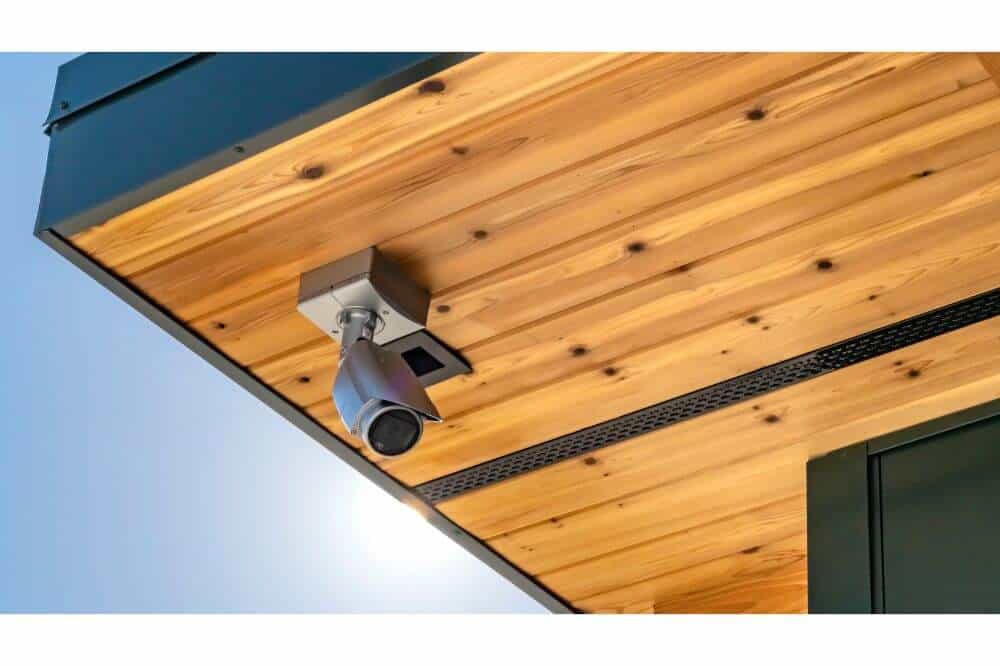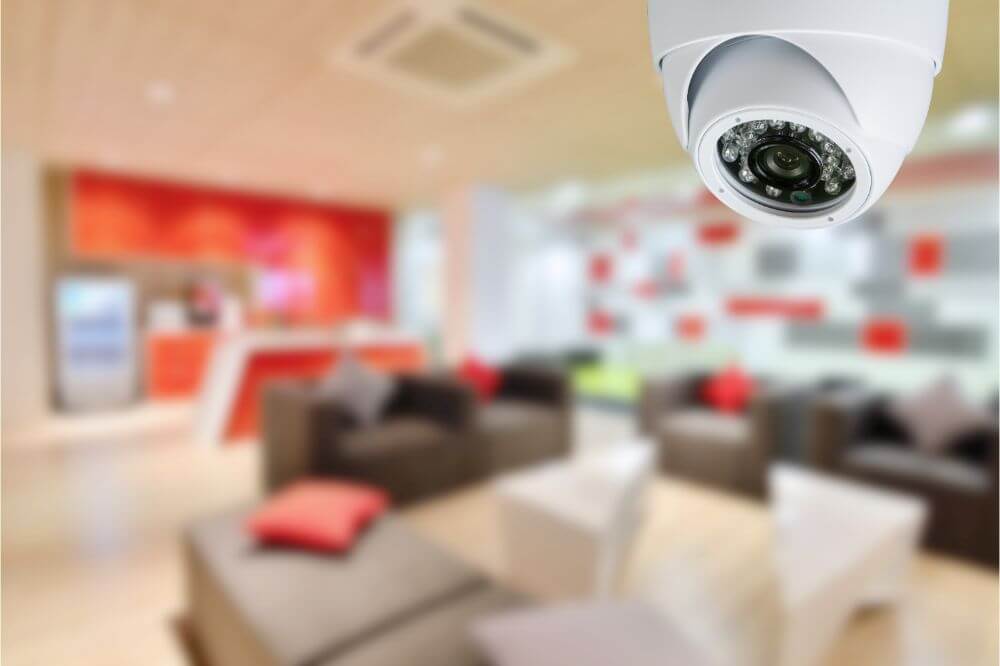You need a good home security system to protect your home and family. These systems are proven deterrents against burglars. Even a home security sign placed in front of a house can significantly deter theft and break-ins.
However, you need to be aware of the different types of home security systems because choosing the right design for your circumstance can make a difference. This article discusses the main types of home security systems available.
Monitored Security Systems
The home security system is the monitored system. This is one of the most popular options, especially in North America.
This security system will alert a call center or security team when the system detects an emergency. For example, these systems can detect fires, medical emergencies, as well as burglaries and break-ins.
These systems use various monitors, motion sensors, door and window sensors, and cameras to keep your home safe. The main benefit of a monitored security system is that there is always someone paying attention in the event of an emergency.
That said, this can be divided into two main categories: company monitored and self-monitored security systems.
Company Monitored Security System
A company monitored security system is monitored by a professional company. This will likely be the same company that sold you the system. These systems warn the connected contact centers of any sort of emergency.
These may be able to detect fires, medical emergencies, and break-ins. In addition, they will usually send some sort of notification to your phone that an alarm has been tripped.
They may also call you to ensure that you did not trip the alarm. Finally, the security company will send authorities to your residence to ensure that everything is OK.
Pros
These systems usually run on traditional phone lines or cellular radio and have battery backups. This means that they’ll keep working if there is a power outage.
These systems are also beneficial because they call the authorities on their own. So it’s good if you are not in reach of a phone.
Moreover, the system’s sirens and alarms are usually enough to scare away potential criminals.
Cons
If the system is accidentally triggered, you’ll need to answer the phone to turn it off. If you don’t answer, authorities will be contacted right away.
The other bad thing is that you always need to engage the system before leaving home or sleeping.
Of course, this type of company monitored security system usually comes in at a fairly steep price, and the monthly fees can be pretty high.

Self-Monitored Security System
Self-monitored home security systems are those you can control and monitor yourself. They often include many of the same components as a company monitoring system, including cameras, motion sensors, window sensors, fire detectors, and more.
When any of these components are activated, you will automatically get a call or notification on your mobile phone. These systems are ideal because you can remotely monitor the different devices.
Many of these systems have options that allow you to ask a neighbor to check for break-in signs. In addition, some systems may be able to directly call 911 if a break-in is detected.
Pros
One good thing is that you get real-time notifications whenever something happens.
These systems are also very convenient because they can be easily installed and reinstalled in new homes. The camera systems can also record video as evidence.
Of course, self-monitored security systems are much more cost-effective than company-monitored systems because the monthly subscription fee is often much lower or even nonexistent.
Cons
One negative aspect is that these systems always require a Wi-Fi connection to function. Moreover, if you are in an area that doesn’t have mobile service, you might miss an alert.
In addition, many self-monitoring systems don’t have alarms to deter intruders, and the coverage depends on how well you install the cameras.
On that note, these systems tend to be more expensive if you want to install multiple cameras.
Unmonitored Home Security System
The other primary type of home security system is the unmonitored system, a simple and basic system. They generally have a loud siren that activates when motion or a break-in is detected.
Many of these have bright lights that activate whenever a break-in is detected. In addition, these systems may include cameras, motion detectors, and window or door sensors, along with fire detectors.
A few of these systems may be compatible with smartphones to allow remote monitoring, but most are not. In addition, these are also not connected to any company that monitors the situation or could take action if necessary.
Pros
These systems provide a decent level of security at an affordable cost. In addition, they tend to run themselves, so there’s not much for the user to do.
This is one of the best ways in terms of the overall cost. There are no ongoing or subscription fees.
Cons
These systems are not monitored, which means that communicating with the authorities when there is an emergency can be difficult. In addition, they don’t automatically contact the authorities when needed.
They may be more cost-effective, but they aren’t quite as secure. They are heavily dependent on an owner and someone to actually hear the alarm or siren.
Conclusion
Now that you know the main differences between monitored and unmonitored security systems, you can decide.
We recommend a monitored security system, as it is much more secure. This system may cost more, but you always have someone available, ensuring that you and your home are protected.

